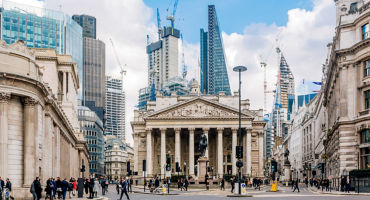Anticipate economic weakness ahead
I see several downside risks to US growth over the balance of this year. The recent, well-documented banking sector stress appears to have abated for now, but smaller businesses that rely more on bank credit lines remain vulnerable, in my view. The allure of higher money market rates will continue to attract deposits away from banks, which could result in further balance-sheet reduction and make it more difficult to raise much-needed capital. The implication for the economy is tighter bank lending standards that could choke growth.
While the debt ceiling resolution removes a significant tail risk from the market, it will still have lasting effects. Rebuilding the depleted Treasury General Account (which the Treasury was forced to draw down due to the debt ceiling) will remove reserves from the banking system, a headwind to financial conditions.
Furthermore, the deal between lawmakers to raise the debt ceiling included provisions such as spending caps on certain discretionary spending and a clawback of unused COVID-19 funds that will result in a net negative GDP impulse of around 0.40%, based on calculations by my colleague and Macro Strategist Mike Medeiros.
Milton Friedman famously quipped that monetary policy works with a “long and variable” lag. The Fed’s tightening campaign has been aggressive and may be long in the tooth, but I believe rates have only been in restrictive territory since late 2022, indicating their full effects have yet to be felt. This is likely to change soon.










